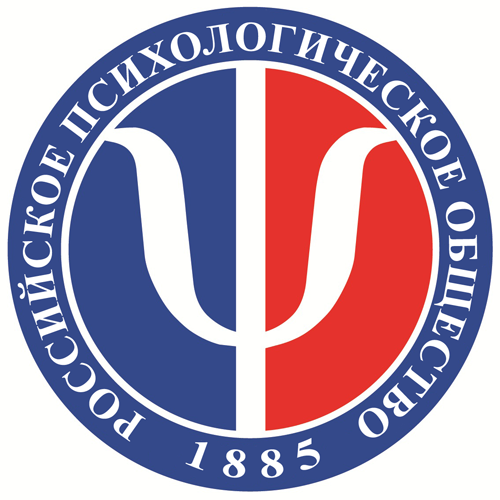ISSN: 2073-2635
eISSN: 2949-270X
eISSN: 2949-270X

Department of Mathematical Analysis, Mechanical and Mathematical Faculty of the Lomonosov MSU
In recent decades, many authors have studied issues related to the construction of educational programs based on the didactic spiral (spiral curriculum) in various subjects (mathematics, computer science, natural sciences, sports training, etc.). The purpose of this publication is to describe the general principles of the application of the didactic spiral in the construction of educational programs based on domestic and foreign experience. A brief history of the development and implementation of this approach to learning is described, dating back to the works of Cz. Kupisiewicz and J. Bruner, and a psychological and pedagogical justification of the effectiveness of this methodological approach to program construction is given, based on the works of L. S. Vygotsky, A. Baddeley, and G. Hitch. The influence of programs built on the principle of the didactic spiral on the formation of synthetic and analytical thinking, as well as on the state of students’ working memory and, accordingly, on the assimilation of educational material is noted. A detailed analysis of the various advantages and disadvantages of the spiral approach to learning is carried out, as well as possible variations in the implementation of the didactic spiral (“thread” curriculum, switching to a parallel topic in order to increase the concentration of students’ attention) and practical features of the curriculum development using the spiral approach are discussed. As an illustration, the scheme of the Manhattanville Music Curriculum Project (MMCP), developed in the late 1960s in the United States, is given. Specific examples from the field of teaching elementary mathematics in Russia are described: how to approach the study of “real-world” problems and the topic of “inequalities” in the 8th grade algebra program on the basis of a didactic spiral
This paper describes the authors’ long-term pedagogical experience in creating and implementing a special program for systematic repetition, expansion and deepening of the full school course of mathematics in general. This program is based on the principle of the didactic spiral and is applicable both in the framework of regular school lessons and in the implementation of additional education. The work highlights three main stages of student preparation: basic, advanced and creative. Together they contain exactly seven clearly distinguished turns of the didactic spiral. After passing each such round, the student (in this case, as a rule, the future entrant) is more or less ready to solve problems in all sections of the school curriculum at once, which is especially important for participation in Olympiads held during the school year. The first, basic, stage covers two turns of the spiral, which can be conditionally called linear and quadratic. The second stage, advanced, already consists of four turns corresponding to the four main methods of a logical nature: the enumeration of cases, equivalent transformations, the introduction of notation and the conclusion of consequences. The third, creative stage is represented by just one turn, at which all the material passed is already passed from a research point of view. It examines four main methodological approaches available within the school curriculum: algebraic, logical, functional and graphical. The choice and implementation of these approaches in solving specific tasks is the essence of this final round and stage.


